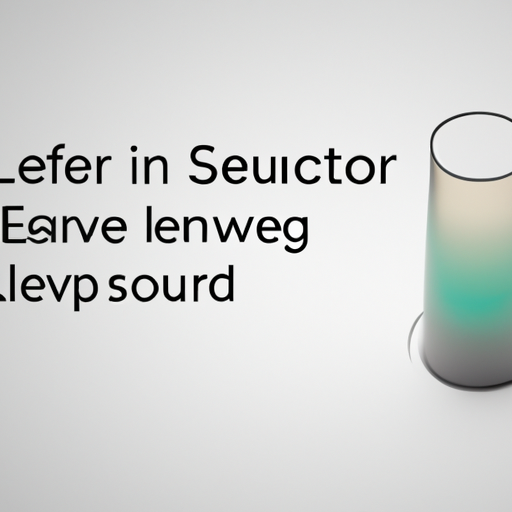

Liquid level sensors are devices used to detect the level of liquid in a container or tank. They are commonly used in industrial, commercial, and residential applications to monitor and control the level of liquids such as water, oil, chemicals, and more. Liquid level sensors come in various types and technologies, each with its own unique working principle and applications.

Another type of liquid level sensor is the capacitive sensor. Capacitive sensors work by measuring the dielectric constant of the liquid. When the liquid level changes, the capacitance of the sensor changes, which can be used to determine the level of the liquid. Capacitive sensors are commonly used in applications where non-contact sensing is required, such as in corrosive or hazardous environments.
Ultrasonic sensors are another type of liquid level sensor that uses sound waves to measure the level of the liquid. Ultrasonic sensors emit high-frequency sound waves that bounce off the surface of the liquid and are then detected by the sensor. By measuring the time it takes for the sound waves to return to the sensor, the level of the liquid can be determined. Ultrasonic sensors are commonly used in applications where the liquid level needs to be measured accurately and continuously.
Another type of liquid level sensor is the optical sensor. Optical sensors work by measuring the amount of light that is transmitted through the liquid. When the liquid level changes, the amount of light that is transmitted through the liquid also changes, which can be used to determine the level of the liquid. Optical sensors are commonly used in applications where the liquid is transparent or translucent, such as in water tanks or chemical tanks.
In addition to these types of liquid level sensors, there are also other technologies such as pressure sensors, conductive sensors, and magnetic sensors that can be used to measure the level of liquid. Each type of sensor has its own unique working principle and applications, and the choice of sensor will depend on the specific requirements of the application.
Liquid level sensors are essential devices in a wide range of industries and applications. They play a crucial role in monitoring and controlling the level of liquids, ensuring the efficient operation of equipment and processes. By understanding how liquid level sensors work and the different types of sensors available, engineers and technicians can select the right sensor for their specific application and ensure accurate and reliable level measurement.
Liquid level sensors are devices used to detect the level of liquid in a container or tank. They are commonly used in industrial, commercial, and residential applications to monitor and control the level of liquids such as water, oil, chemicals, and more. Liquid level sensors come in various types and technologies, each with its own unique working principle and applications.

Another type of liquid level sensor is the capacitive sensor. Capacitive sensors work by measuring the dielectric constant of the liquid. When the liquid level changes, the capacitance of the sensor changes, which can be used to determine the level of the liquid. Capacitive sensors are commonly used in applications where non-contact sensing is required, such as in corrosive or hazardous environments.
Ultrasonic sensors are another type of liquid level sensor that uses sound waves to measure the level of the liquid. Ultrasonic sensors emit high-frequency sound waves that bounce off the surface of the liquid and are then detected by the sensor. By measuring the time it takes for the sound waves to return to the sensor, the level of the liquid can be determined. Ultrasonic sensors are commonly used in applications where the liquid level needs to be measured accurately and continuously.
Another type of liquid level sensor is the optical sensor. Optical sensors work by measuring the amount of light that is transmitted through the liquid. When the liquid level changes, the amount of light that is transmitted through the liquid also changes, which can be used to determine the level of the liquid. Optical sensors are commonly used in applications where the liquid is transparent or translucent, such as in water tanks or chemical tanks.
In addition to these types of liquid level sensors, there are also other technologies such as pressure sensors, conductive sensors, and magnetic sensors that can be used to measure the level of liquid. Each type of sensor has its own unique working principle and applications, and the choice of sensor will depend on the specific requirements of the application.
Liquid level sensors are essential devices in a wide range of industries and applications. They play a crucial role in monitoring and controlling the level of liquids, ensuring the efficient operation of equipment and processes. By understanding how liquid level sensors work and the different types of sensors available, engineers and technicians can select the right sensor for their specific application and ensure accurate and reliable level measurement.